|
|
|
With just a few days to go before the general election on Tuesday, November 7, I've been reflecting on where the Rog for SLP campaign is and how we got here. Since I filed for office in May, the momentum has been building, and it hasn't stopped. Consider:
I want to shine the spotlight on that last bullet point. Donations from St. Louis Park residents, averaging $81 per gift, have fueled my campaign. That's unique to me as a candidate in the Ward 1 race. If you're curious about who's funding the campaigns of the city council candidates this year, you can find that information here. While I'm a lifelong DFLer, I'm proud to be the grassroots candidate in this race, representing the people and community of St. Louis Park, not outside interests. My campaign is strong because I've been active in and earned the trust of many St. Louis Park residents. My desire to run comes from knowing this community and seeing where I can make a difference. My campaign spending has generated more than $5,000 for local business owners – four of them woman-owned and two family-owned – along with sales tax revenue for our community. Throughout my campaign, in every aspect, I've kept it local, and I'm proud of that. If you haven't already voted, I hope you'll get out and vote in the upcoming election, and I hope you'll vote Rog for SLP. If you don't live in Ward 1, I hope you'll encourage people who do to get out and vote Rog for SLP (and YES for schools), and to encourage their friends and neighbors to do the same. You can find easy-to-use voting information, including early voting hours at City Hall and voting locations for Nov. 7, here. Please like and share this post with your friends & neighbors in Ward 1! Minnetonka Boulevard is an old road with an interesting history that dates back at least 150 years. It was once home to a streetcar line that ran from Minneapolis to the Walker-Lake area, St. Louis Park’s original downtown. And in an example of history repeating itself, in 1896, the St. Louis Park Village Council authorized construction of a bike path along Minnetonka Boulevard, in response to the national bike craze.
The road hasn’t always been beloved by residents. A 1906 newspaper account read: It is one of the most traveled roads in the state, yet on account of the lack of “pull” on the part of the taxpayers of St. Louis Park, the road remains untouched, and those who use it have spilled enough profanity by the wayside to pave it if strong language, in bales, could be used for blocks. Today, Minnetonka Boulevard, aka County Road 5, is traveled by more than 15,000 vehicles a day and crossed by hundreds of pedestrians and bikers, including kids on their way to school. People I’ve talked with while campaigning say it’s a scary street to cross. They wonder what we can do to make it safer. In conversations with our city engineer, county commissioner, and others, I’ve worked to gain an understanding of how to make Minnetonka Boulevard safer. The main theme I've heard is that it’s complicated, since Minnetonka Boulevard is a county road. But lots of things are complicated, and by focusing on them, we can resolve them. I’d like to see our city council work with county officials, residents, and others to make crossing our main artery in Ward 1 easier and safer. The biggest complication, it's said, is that county approval is needed for anything we do that impacts how traffic moves on Minnetonka Boulevard. I notice city staff recently placed yellow crosswalk markers in the center of the road at some locations, which is a small gesture that acknowledges the problem, a tiny step in the right direction. I’d like us to start exploring what next steps might be that actually increase safety, like installing crosswalk systems and perhaps a pedestrian bridge. There’s some uncomplicated good news on the horizon too. The stretch of Minnetonka Boulevard east of Highway 100 is on the county’s short list for capital improvements in the next few years, meaning improvements are likely to be proposed – and funded – by the county. This may include grassy center medians to provide a landing spot for pedestrians, curb extensions, narrowing the road to two lanes in some spots, and other improvements. I'm pleased about these plans look forward to working with the county, other council members, and Ward 1 residents on specifics. Minnetonka Boulevard west of Highway 100 is a different story – no plans are currently in place at the county level to improve the road. I’m disappointed in that, and know others are too. But I’m ready to get to work identifying ways our city can move forward on improving safety nevertheless. As we experience more traffic from planned high-density housing and other new developments, Minnetonka Boulevard is sure to become even busier and more difficult to cross. If elected to the Ward 1 seat on November 7, I’m committed to working with council, city and county staff, and residents to push for solutions to this real and growing problem. Do you have concerns about crossing Minnetonka Boulevard? Please share them here. Also, If you liked the bit about profanity being used to pave Minnetonka Boulevard, I recommend visiting the SLP Historical Society’s website. You can donate to the historical society to support their great work. You can also donate to my campaign! Swenson Redeen Meat Market (circa 1932) operated for 25 years at 6512 Walker Street. Photo: SLP Historical Society. Many Ward 1 residents I’ve talked with while campaigning say they wish there were more places in St. Louis Park to walk to, where they could grab a sandwich or a glass of wine, browse a little book store or pick up a gift. Like Linden Hills in Minneapolis, or St. Paul’s Grand Avenue. We’re creating a walkable community, they say, let’s have more places to walk to. I agree that having more community-oriented shops and restaurants would add to our quality of life, whether we walk, bike, drive or take public transportation to get there. Within Ward 1, we have an exciting opportunity to guide the development of a unique destination shopping/dining area in the Historic Walker-Lake district. I’d like to see our city council proactively engage with property owners, developers and residents to make it a reality. The Walker-Lake area is considered St. Louis Park’s original downtown. Located in the Sorensen neighborhood, the area includes an eclectic collection of buildings completed between the 1890s and the 1960s including the Walker Building (1892) and London Square (1949). The St. Louis Park Historical Society has a home in the area, as does the St. Louis Park Emergency Program. Modest efforts have been made to revitalize the area already. In 2015, the city secured a grant to create branding and signage for Walker-Lake, and this summer, a neglected strip of Walker Street was resurfaced. Later this year, the American Legion will reopen at 6509 Walker Street (after being displaced by redevelopment on 36th Street), bringing activity to a commercial area that’s currently abandoned at night. And just last week, students working to create The Nest, St. Louis Park’s future teen center, looked at spaces in the area where they might set up shop. But given imminent development in the area with the advent of SWLRT, as well as the number of buildings currently for sale or likely to go on the market soon, I think we should move more quickly. I recently sat down with a property owner in the area who suggested specific strategies for how the city can proactively create a vibrant commercial corridor along Walker-Lake. I’d like to see our city tap into the knowledge and expertise of such community-minded property owners as we decide how – and with which developers – to invest our finite resources. Some ideas I’d like our city council to explore include:
Do you support repurposing existing buildings, when feasible, to preserve the character of our community? Are you interested in having more community-oriented, locally owned shops and restaurants in St. Louis Park? Please email me your thoughts. Lake Street today
The Courtyard Apartments in Ward 1 are home to many SLP families in need of affordable housing. I recently heard from a woman in St. Louis Park who's struggling to maintain her housing. She lives in the former Meadowbrook Manor complex (now Era on Excelsior) with her husband and two kids. They’ve lived there six years, and their boys attend Susan Lindgren Elementary School. Like most people I’ve talked with while running for city council, she and her family like St. Louis Park a lot.
Until a few months ago, the family paid $900/month in rent. Last year, the 64-year-old Meadowbrook complex changed hands. Now, they pay $1,200/month for the same apartment. Since the vacancy rate for affordable housing in SLP is practically zero, if this family of four wants to stay here, which they do, their only option is to accept the 30 percent rent increase and live on less. These days, many families in our community are struggling to maintain their housing. And in fact, many have already left. Since the 551-unit Meadowbrook changed hands in 2016, 80 percent of the people who lived there have been displaced, most to other communities, far away from their jobs, schools, and friends. As affordable housing disappears from St. Louis Park, including in Ward 1, we risk losing the socioeconomic diversity that is part of our community identity. We also risk discontinuity in our schools and classrooms. Susan Lindgren saw the loss of about 40 students when Meadowbrook got a new owner; many kids lost their teachers and friends. Some of the displaced students were known to families I’ve talked with while door knocking. They and other community members are concerned and want to know what, if anything, we can do. The good news is, there are things we can do to create and preserve affordable housing in our community. In fact, our city council has already taken a serious look at this issue and begun to address it. As a member of the St. Louis Park Community Housing Team, as well as a concerned citizen and potential city council member, I applaud the council’s efforts. I also support the continued exploration/implementation of measures such as:
Opening night party for the Our Town: Faces & Places project in 2006. One of the most memorable projects I ever worked on was during my tenure as Managing Director for St. Louis Park Friends of the Arts. The project was called “Our Town: Faces & Places” and its purpose was to connect people – across age, gender, cultural & racial backgrounds – through photography. The nine-week teaching project culminated in a packed opening night party at Excelsior & Grand, attended by a diverse gathering of the amateur photographers’ family members and friends, along with the mayor and other city leaders. It was, from a community building perspective, a success.
Many communities, including ours, recognize the value the arts bring to community life. Our annual budget includes $40,000 for Friends of the Arts (FOTA) to promote the arts and offer activities for residents. This summer, FOTA hosted a “Unity Sing” that attracted an intergenerational crowd of more than 200 residents to sing together on a beautiful July evening at Wolfe Park. With only modest support from the city, FOTA has been building social capital in St. Louis Park for more than 20 years. I think it’s been a worthwhile investment. The arts are also a powerful economic engine. A recent study by Minnesota Citizens for the Arts showed the economic impact of the arts in Minnesota is about $2 billion annually. The study also zeroed in on St. Louis Park and found $1.5 million in economic impact in our community alone, including $164,000 in government revenues, each year. I believe the arts can transform lives, economies, and communities. A recent article in the Star Tribune told the story of how Fergus Falls, MN experienced just such a transformation, bringing state and federal grant money, along with a renewed sense of optimism and energy, to a changing town. As your Ward 1 City Council member, I’ll work with other city leaders to identify ways we can increase the social and economic impact of the arts in our own community, for the benefit of all. Partnering with FOTA and other arts organizations, and with a fiscally responsible mindset, I’d like us to explore:
Birchwood residents Doug & Heather Hanson voted! Heather is a local business owner. Congratulations are due to Brian Shekleton, Zaylore Stout, Steve Kaplan, and the Rog for SLP team. Between us, we quadrupled the historic voter turnout for an August primary in St. Louis Park. We engaged more people than before in thinking and talking about our community, and in believing their voices matter. They do!
In this tumultuous time in our national politics, cities are where it’s happening. St. Louis Park is where it’s happening. We can move the dial here on maintaining affordable housing, modeling smart redevelopment, promoting racial equity, creating a safe and walkable community, developing robust city-school partnerships, implementing our climate action plan, nurturing small and local business, looking out for the interests of seniors, and so much more. We can continue to be a leader in many areas and maintain our great quality of life here. We have a lot to be proud of and we have a lot more to do. Just under 13 percent of registered voters participated in this primary, which means 87 percent did not. I’d like many more of those 6,693 voters who didn’t come out this time to find a reason to participate in the November general election – not just to vote for the Ward 1 City Council seat, but for school board and the bond referendum to support our schools. These are also critical decisions that will impact our community for years to come. Over the next 12 weeks, I’ll be working alongside a great group of community volunteers to move our campaign forward. I’ll be meeting with as many individuals and groups as I can to hear your concerns and ideas for Ward 1 and St. Louis Park as a whole. If you’d like to set up a meeting, please email me at rogforslp@gmail.com or call/text (612) 590-1806. If you’re part of a group (neighborhood, religious community, school or other interest group) and would like to set up a meeting between your group and me, I welcome that as well. Let’s get together! Finally, deep thanks go out to the large group of wonderful people who have volunteered for this campaign. There’s so much talent and energy in this community! We’ve worked hard and we’ve had fun. If you’d like to join the team, click here to sign up. Campaign donations are also welcome and help us get our message out to voters. I value the donations that have come in so far and am pleased to have spent them supporting local businesses, many of them woman-owned. If you’d like to donate to the Rog for SLP campaign, click here. Thank you! Congratulations again to the candidates, and the 962 Ward 1 residents who showed up at the polls for this election. What a great community! Cheers, Margaret While talking with residents during this campaign, I've had lots of conversations about our city, which often veer into conversations about our schools. In fact, sometimes I think I should remind voters I'm running for city council, not school board. But of course I listen to peoples' concerns and ideas, and not just to be polite. I'm listening carefully for clues to how city council might appropriately address these concerns and take advantage of these ideas. I'm listening for ways we can partner to further strengthen our schools and community.
Among the good ideas I've heard:
When our third child, Emma, graduated from Park High in 2014, our family's journey through the St. Louis Park schools ended. But we didn't stop caring about our schools. Like so many other St. Louis Park residents, we know the quality of our schools is directly tied to the stability and success of our community. This fall, St. Louis Park voters are being asked to support our kids and community by voting YES - twice - for schools. The first "yes" will approve an operating levy, set to expire in 2018, maintaining the current level of funding for teachers, classrooms and programs. The second "yes" will approve a $100.9 million bond referendum for much-needed improvements to our school facilities. This includes new science classrooms at the high school, new classroom and performing arts spaces at the middle school, a central kitchen that will allow the district to provide healthier meals to all students, a new media center, fitness center, and other improvements. Click here for a full description of what the referendum will support. My experience working in and for our schools will be valuable if I'm elected to city council. I'm pleased to be endorsed by St. Louis Park School Board Chair Jim Yarosh, who feels the same way. His letter of support, along with those of other community members, can be found here. I hope you'll vote yes for schools on November 7, and I hope you'll vote Margaret Rog for Ward 1 City Council too. Click here for detailed voting information, including how to vote early/absentee. Political candidates compete for endorsements, and I’m no exception. It’s part of running for office. I’ve received some, as have other Ward 1 candidates. It’s rewarding to get that stamp of approval, and sometimes, it even comes with a check.
But for me, by far the most valuable endorsements I’ve received are from members of the St. Louis Park community. It’s this broad, enthusiastic, grassroots support I care about most. Here are snippets from some of the many letters that have appeared in the Sun Sailor or at www.rogforslp.com since I filed for office: Margaret…has displayed jaw-dropping energy and enthusiasm for her neighborhood and her city. – Jean & Jon Olson I continue to be awed by Margaret’s authenticity, integrity, energy, and tenacity to work toward making our neighborhood a safe, inclusive, and wonderful place to live. – Sharon Lehrman Margaret has been instrumental in making St. Louis Park the kind of community so many of us love. – Shirley Zimmerman Margaret Rog knows St. Louis Park. She has always been a steadfast advocate for all causes that make ours a more equitable, livable community. – Bob Ramsey Margaret is fiercely committed to St. Louis Park and all its residents. – Adebisi Wilson Margaret Rog is a proven leader who is passionate, driven, community-oriented and listens to all voices at the table. – Steve Schmitz Margaret explores issues from every angle and constantly looks for ways to make sure all perspectives and voices in the SLP community are heard. – Michelle Kornblit Margaret has been involved in the community for 25 years and we believe she will continue to dedicated to our city … and serve our community well. – Dale & Sharon Anderson Margaret has the commitment, experience, and vision to guide the future of our vibrant community. – Katherine Dowd I’ve never felt strongly enough about any candidate to advocate publicly. This year is different because it’s for Margaret Rog, who I know truly cares about the community she serves. – Elena Khalitov Margaret Rog is the most qualified city council candidate in recent history. – Thom Miller, St. Louis Park City Council member I didn’t plan to run for public office. I didn’t intentionally build a resume of community service so I’d win an election. But once I decided to run, I realized how well-positioned I am to listen and lead as your Ward 1 representative on the city council. I like being a grassroots candidate. I hope you’ll vote in the Ward 1 primary on August 8, and I hope you’ll vote Rog for SLP. The Walker Building, near Central Community Center, was built in 1892. The Elmwood. Parkway 25. Arlington Row. The Shoreham. PLACE.
Redevelopment is in full swing in St. Louis Park. More than a dozen new building projects are currently in progress or expected to start in the next few months. A look at our 2017 Report to the Community shows we’ll add nearly 1,000 new apartment units and 270 hotel rooms in 2017, along with more than 580,000 square feet of new office/commercial space. Full build-out at Central Park West, in The West End, will eventually add two more apartment buildings, two office buildings, a hotel, and a 2,534-stall parking ramp. From a revenue standpoint, we’re doing well; redevelopment brings in millions of dollars in taxes that enable us to maintain or expand our already great city services. Redevelopment can have negative impacts, too: more cars and congestion; less open space; fewer affordable housing units; fewer low-rent spaces for small businesses; and, potentially, a loss of the original charm and character of the community. With the introduction of Southwest Light Rail Transit (SWLRT) in the next few years, including three new stations in St. Louis Park, redevelopment is sure to change how our community looks and feels. In Ward 1, here are three areas to watch:
As your council member, I’ll advocate for an approach to redevelopment that:
What will our community look and feel like in ten years? Let’s decide now, and put preservation, design, and other guidelines in place that align with what we envision. Then let's thoughtfully, and slowly if needed, build our way into the future we want. What do you think? I welcome your ideas on redevelopment here. I grew up in a first-ring suburb that was a lot like St. Louis Park. The summer I was twelve, the city removed a tree in front of our house to make room for a sidewalk. I’d spent many happy hours sitting in the branches of that tree, looking out over the world. I was sad to lose it.
Ten years ago, St. Louis Park residents and leaders agreed on a goal to make our city more walkable and bike-friendly. Connect the Park, as the project became known, began in earnest in 2015. Since then, almost five miles of new sidewalks have been added, with eight more miles to go by 2023 (click here for a map of current and future projects). This project has resulted in the removal of trees. Some homeowners have also lost a portion of what they considered their yards, although in most cases it was public right-of-way. Still, Connect the Park has clearly had an impact on green and growing things in SLP, along with some homeowners’ sense of proprietary rights. In my conversations with Ward 1 residents, most—though not all—say they’re in favor of new sidewalks. Children’s safety is the reason people cite most often. But pedestrian safety overall is a concern for many. Between distracted drivers, speeding, and visibility issues, it can be unnerving to take a stroll down the block, let alone send kids out on their own. Overall, I think our city has done a good job implementing Connect the Park. City leaders have been responsive to residents, while staying true to the goal to create a more walkable city. I’ve seen stretches of sidewalk that wind around mature trees to save them. I’ve also learned that for every tree removed, our city plants one or more that total the circumference of the lost tree. I know that sidewalk plans have been revised, and in some cases shelved entirely, in response to resident feedback. It’s worth noting that while homeowners in nearby communities are assessed for new sidewalks in front of their homes, St. Louis Park homeowners are not. Sidewalks aren’t just good for children. A recent AARP survey reveals that eight in ten Americans prefer living in a community that offers sidewalks and pleasant places to walk. Other research shows that sidewalks reduce crime, increase property values, and build social capital. Safe, accessible, and well-maintained sidewalks are indeed a community benefit. Which brings us to the topic of maintaining our sidewalks. I’ve heard St. Louis Park residents who are seniors, and residents who have physical disabilities, describe the challenge of keeping their sidewalks clear of snow in winter. Through research and further discussions, I’ve come to believe that it’s an unfair burden to require every homeowner to clear the sidewalks around their home each time it snows, or risk a fine. Reliable volunteer help can be hard to find, and professional snow removal services can cost hundreds of dollars a season. I think we’re remiss in not addressing the financial burden mandatory sidewalk snow removal places on SLP seniors and others. Currently, our city clears about 45 percent of sidewalks in winter. I believe that if making our entire community pedestrian-friendly is a priority, then finding a practical, affordable, and equitable way to keep 100 percent of our sidewalks walkable, in all seasons, should be too. What do you think? I welcome your thoughts here. In the 40 years since a sidewalk was added in front of my parents’ Roseville home, a whole lot of people have enjoyed it. The sidewalk enriched my own and my parents’ experience of living in the house. Yes, we lost a beloved tree, and a stretch of grass too, but we gained a deeper connection to, and appreciation for, the people and the community we called home. We also gained a safe and inviting place to take many relaxing walks we may otherwise not have taken. It was, in the end, a good tradeoff. I predict we’ll feel the same way here. |
Prepared and paid for by Rog for SLP City Council, 2817 Zarthan Ave. S., St Louis Park, MN 55416

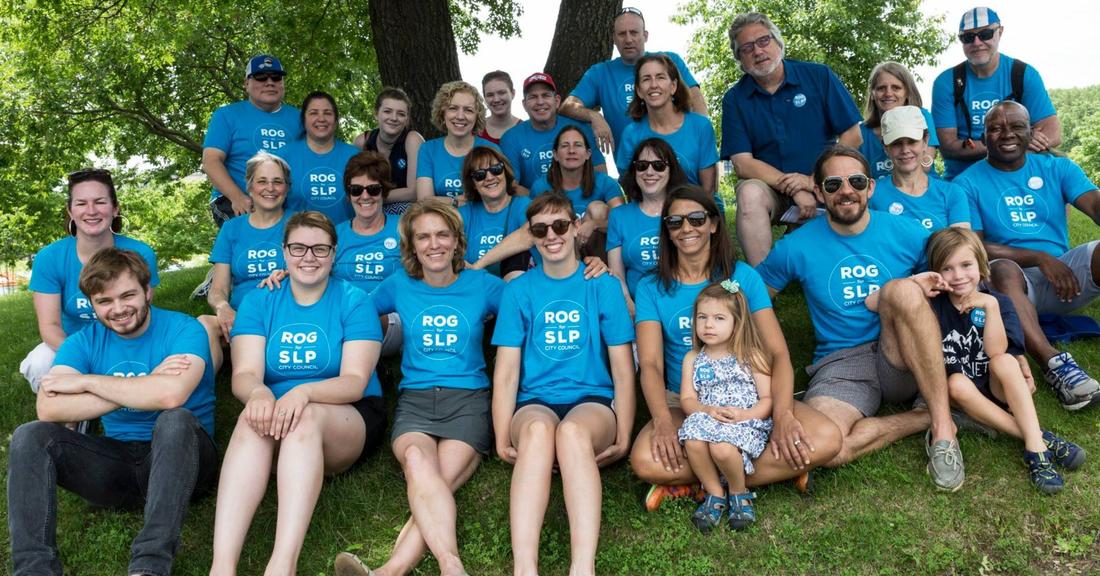

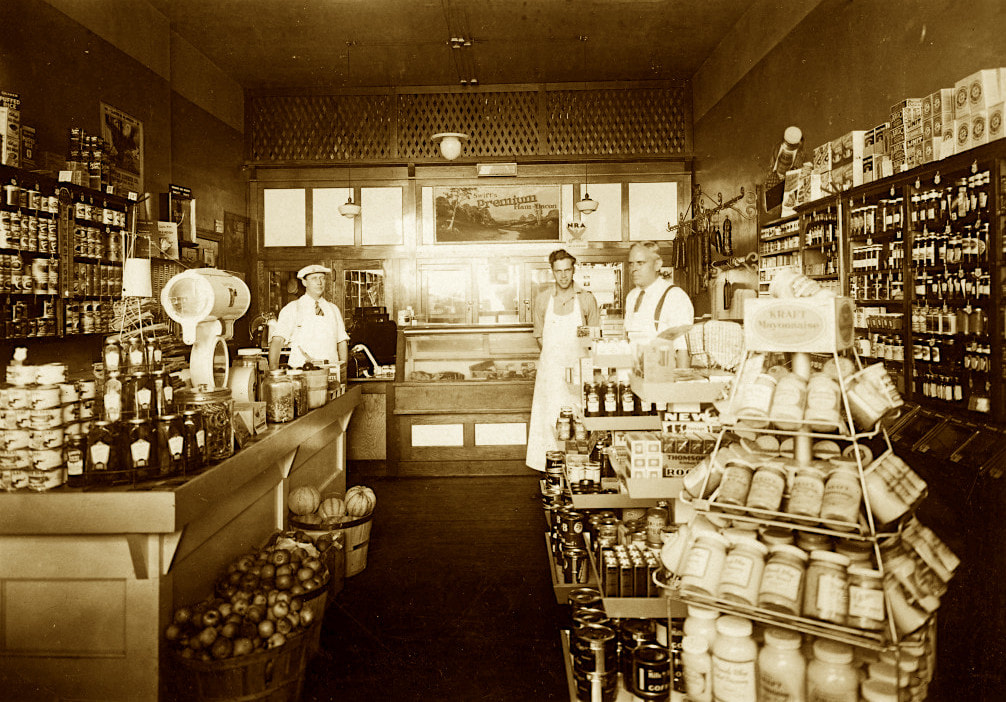
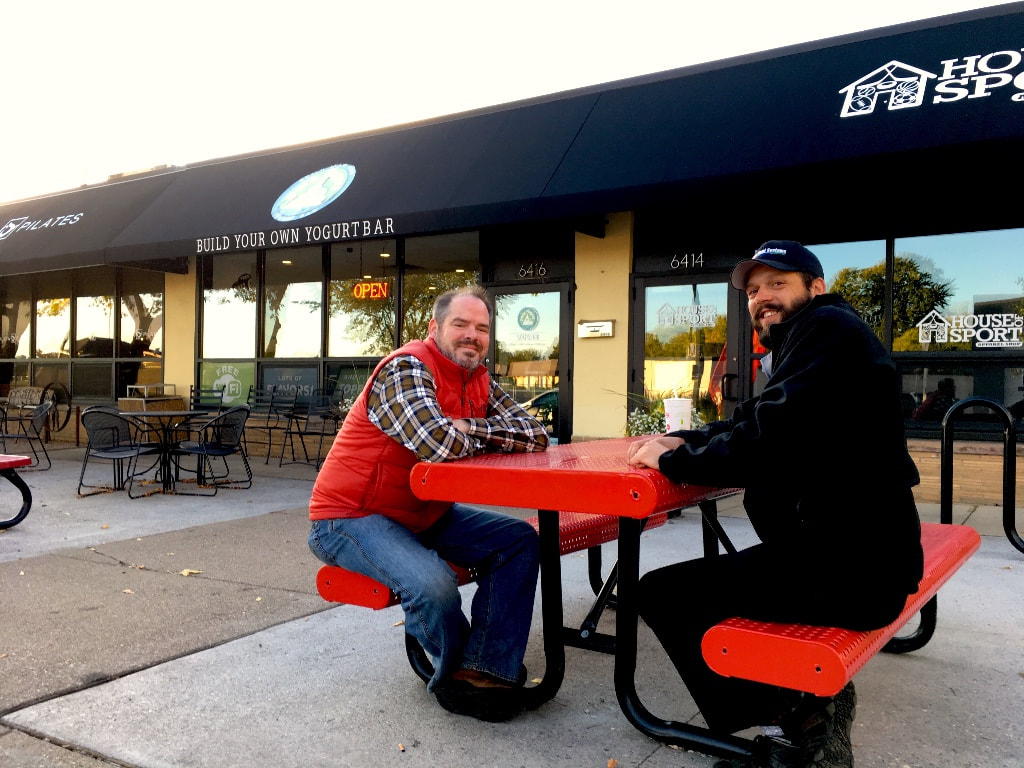
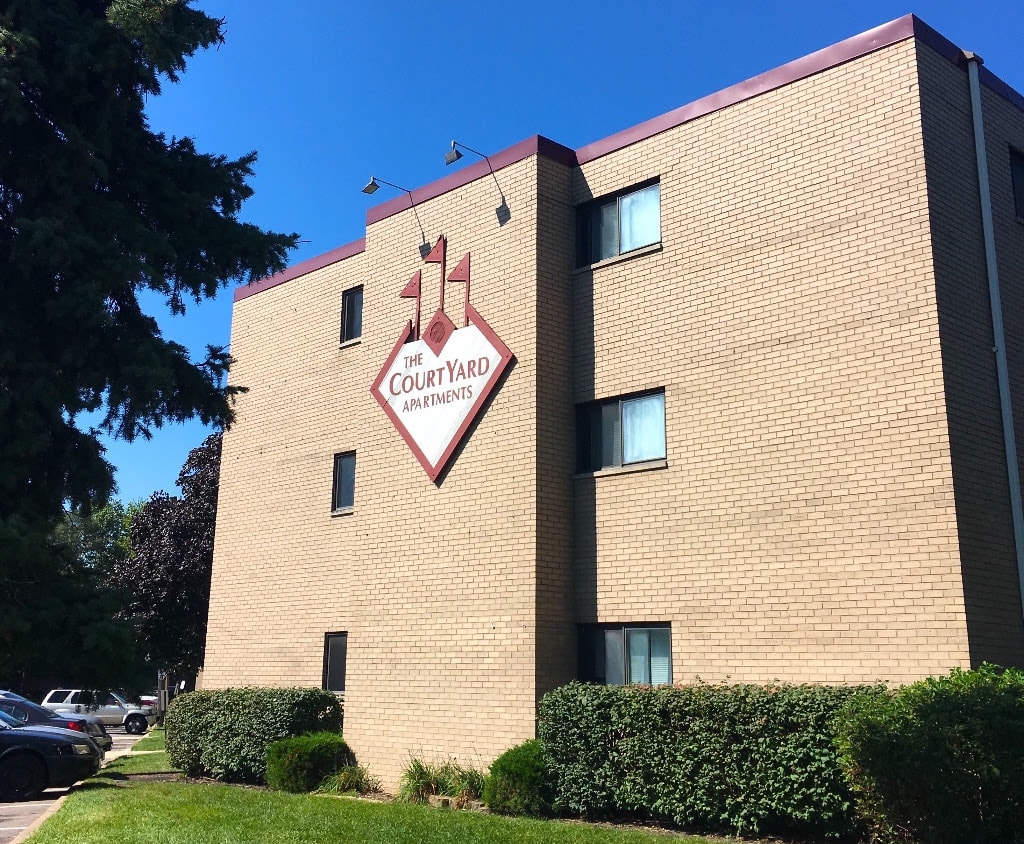

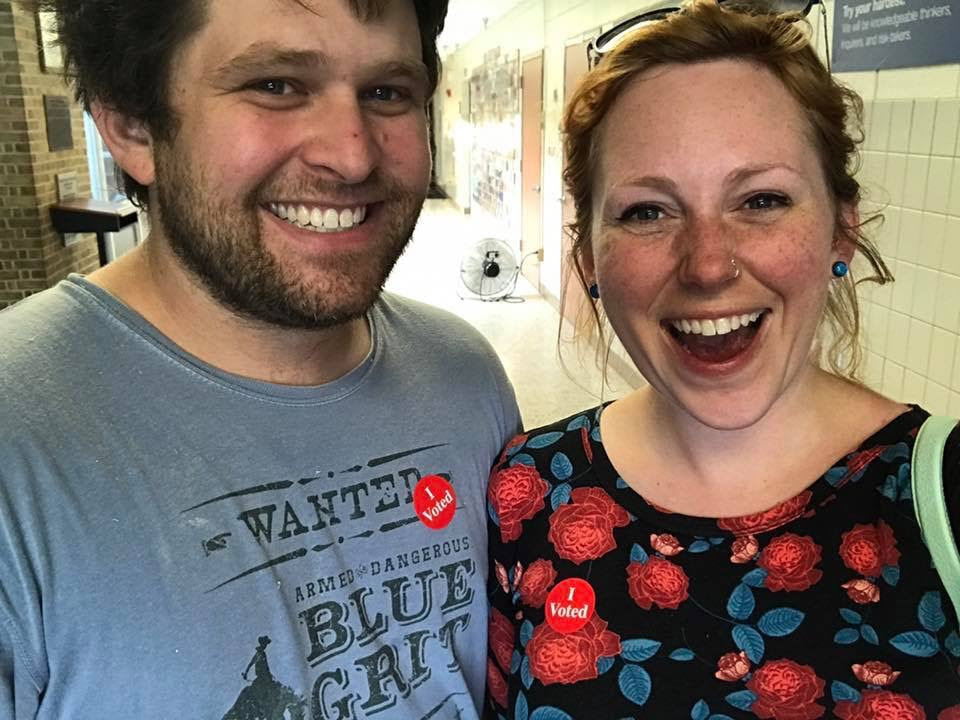
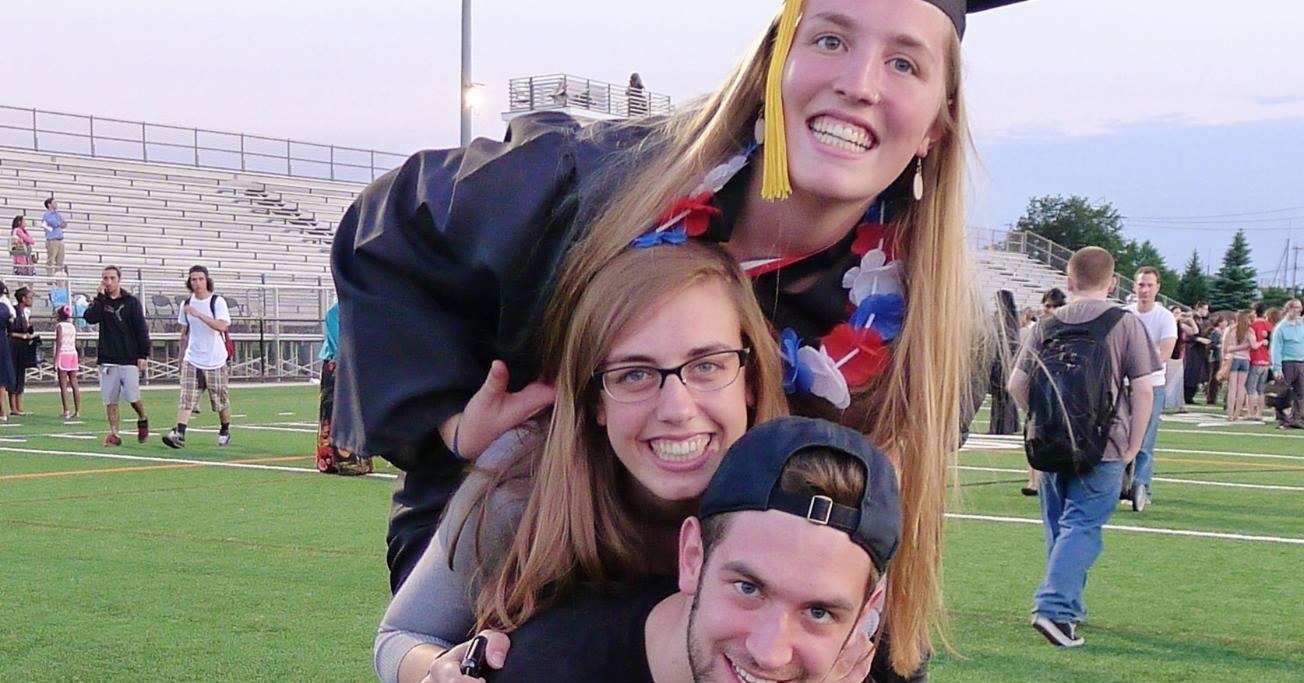
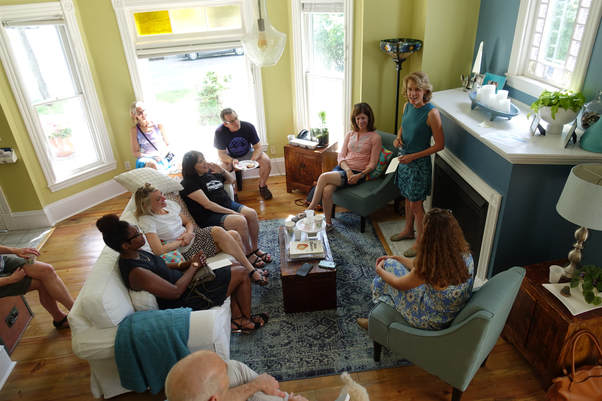

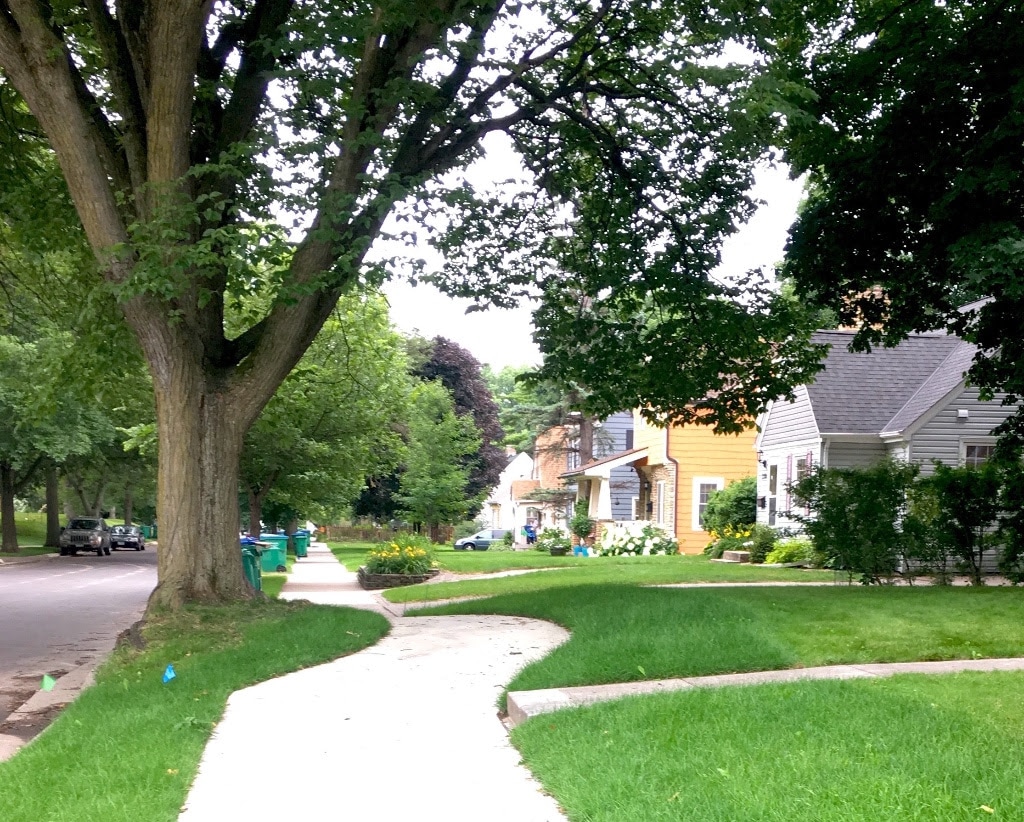
 RSS Feed
RSS Feed